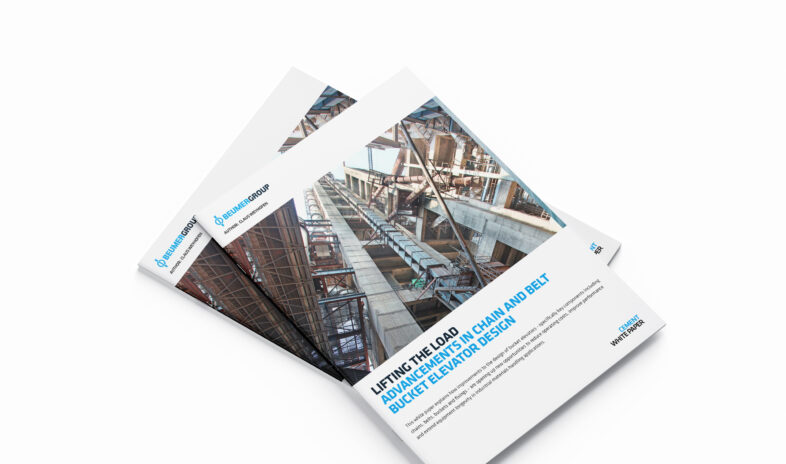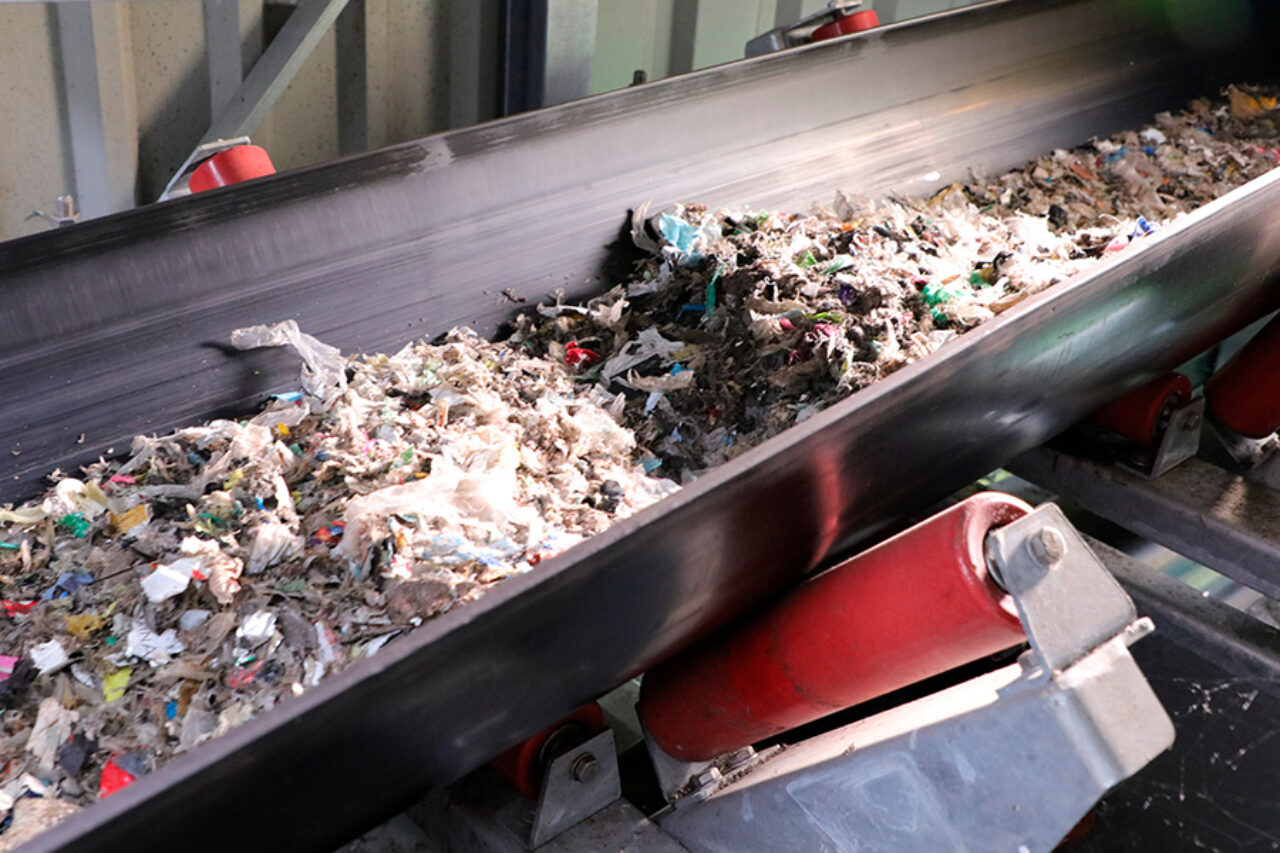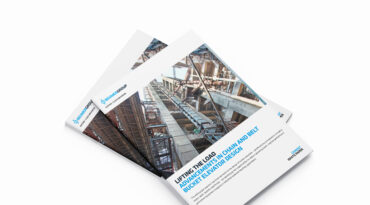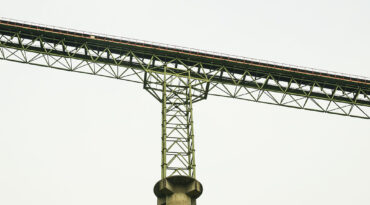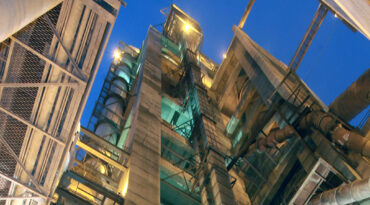HOW EASY IS IT TO INTRODUCE ALTERNATIVE FUELS?
The operating conditions involved in cement manufacturing lend themselves to the use of alternative fuels. For example, clinker production in rotary kiln systems combines high temperatures, an oxidising atmosphere and alkaline environment with long residence times and high thermal inertia. These conditions ensure that the organic component of the fuel is fully destroyed while the inorganic part, including heavy metals, is trapped and combined in the product due to the ash retention in clinker.
Selecting the correct alternative fuel is vital for achieving optimum efficiency as well as product quality. As discussed earlier, alternative fuels come from different sources and so have different characteristics to the fossil fuels they replace. This needs to be taken into consideration to avoid problems such as incomplete combustion or blockages due to residual dust build-up in the kilns. Final product quality can also be affected, where combustion by-products are incorporated into clinker.
Whether the alternative fuels are used as a complete substitute or in combination with fossil fuels, their introduction requires careful planning. Upfront investment may be required regarding adjustment or replacement of the burner, establishment of alternative fuel delivery systems, new fuel storage facilities, and fuel distribution systems.
SUPPORT WITH ALTERNATIVE FUELS ADOPTION
Alternative fuels are still evolving, which means that feedstocks could change over time. For cement plant operators, it therefore makes sense to adopt plant solutions that can be easily customised to use the most efficient and economical fuel available.
Equipment manufacturers can offer guidance on the best system for your requirements, taking into account operational parameters such as the thermal substitution rate (TSR), which has a significant effect on the overall design of the system and the components used.
The adoption of alternative fuels is an important strategic decision, so be sure to work with a trusted equipment manufacturer that understands your particular technical and logistical requirements and can design custom conveying and storage systems that will optimise your return on investment.
TAKEAWAY
The cement industry must decarbonize to survive, and alternative fuels offer multiple environmental and commercial advantages. However, their adoption demands careful planning and can require major equipment upgrades to achieve. As cement manufacturers continue the transition to lower carbon production, it is critical that they equip themselves with solutions that not only mitigate the operational challenges of today but are also flexible enough to adapt readily to accommodate the alternative fuels of tomorrow.


